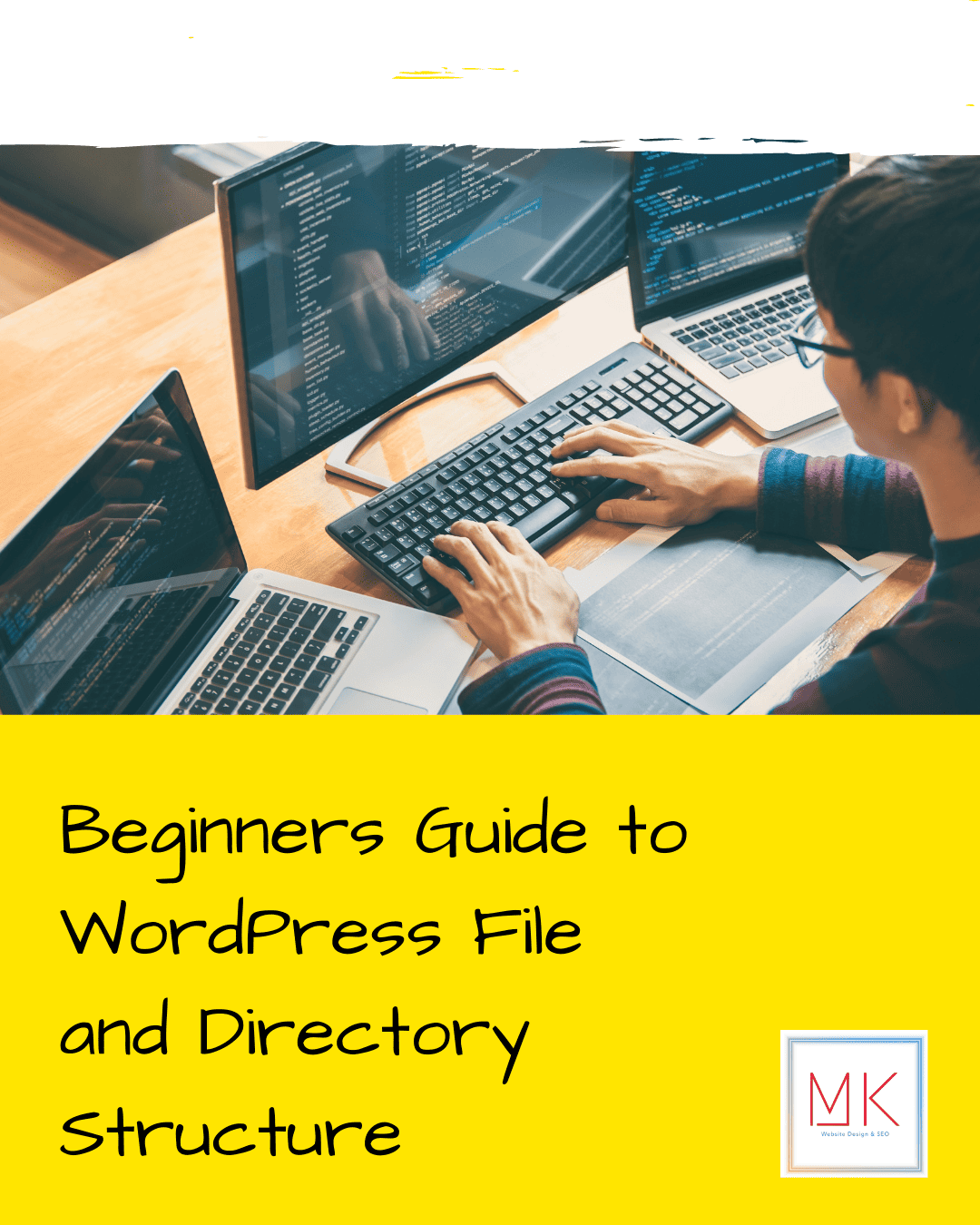If you are a beginner and want to learn the basics of WordPress File and Directory Structure, then this is where you need to be. Here you’ll get what you exactly need to know.
Just as your files need to be correctly placed in the computer, so does the data on the website.
What is WordPress File and Directory Structure?
WordPress file is the core of the website and powers everything related to folders, and files appear from login to dashboard unless the user leaves the site where managing files and folders on the backend for user information is known as Directory Structure.
Knowing WordPress and Directory Structure will help you navigate and fix many problems you might explore while going through a website.
Let’s say that WordPress itself came out with some issues, but with the knowledge of this, you can easily fix them. Usually, the Structure of the Directory is in the form of files and folders.
-
Files
Here it is to recommend that if you are downloading a WordPress file from its official website, keep it as it is in the original format. Like:
- license.txt
- wp-activate.php
- wp-cron.php
- wp-login.php
- wp-mail.php
- wp-signup.php
- .htaccess
The file already downloaded in zipping contains particular files and folders in exact places; we must take the files out and upload them.
-
Folders
There are folders, but here we only discussed the main three folders.
-
Admin
These are the main folders and are majorly responsible for admin tools on the WordPress website; they further connect to your database.
-
Content
This folder is further categorized into two sub-categories which are plugins and themes. This functions to make folders in the Structure and store related data after installing WordPress.
-
Access to Files and Directories
FTP access is the best solution to get the files and directories edited, but the access o FTP required-entry via a login. It will allow users to share files from the computer to the website. It could also be done by a program such as WinSCP; this is only recommended for uploading or transferring heavier files.
-
Changing the Structure of WordPress File and Directory Structure
As you have seen, some WordPress issues are fastened by adjusting the file permissions on your directories. FTP access works through special codes that outline what every reasonable user is ready to try to files and folders. For example, if you wish a file to be decipherable and rewriteable solely by the user with a code of 600.
The Bottom Line!
Understanding WordPress structure and Directory will let you solve minor issues. You can organize everything for better navigation. Moreover, you will not face any issues regarding the security of WordPress.













